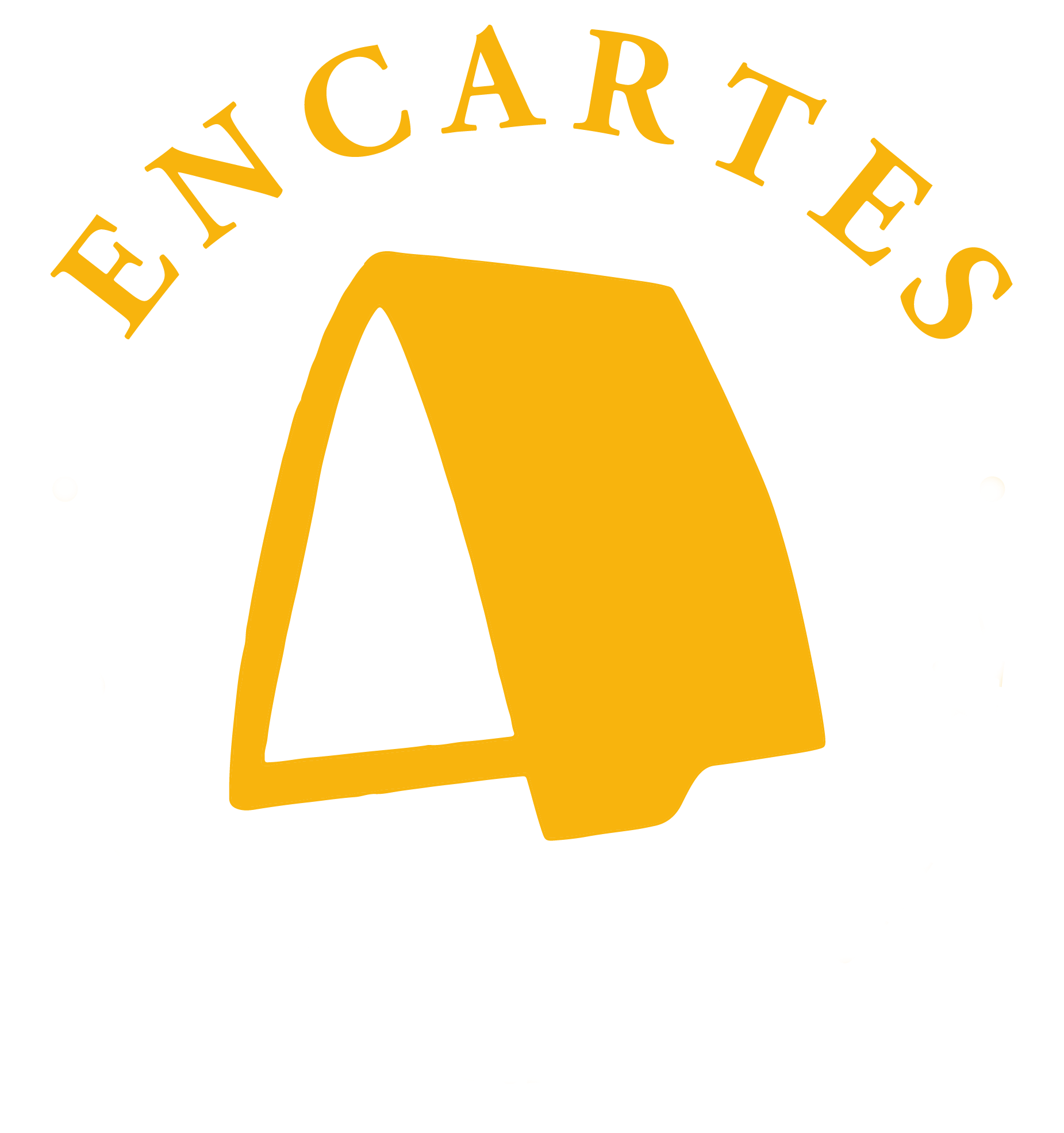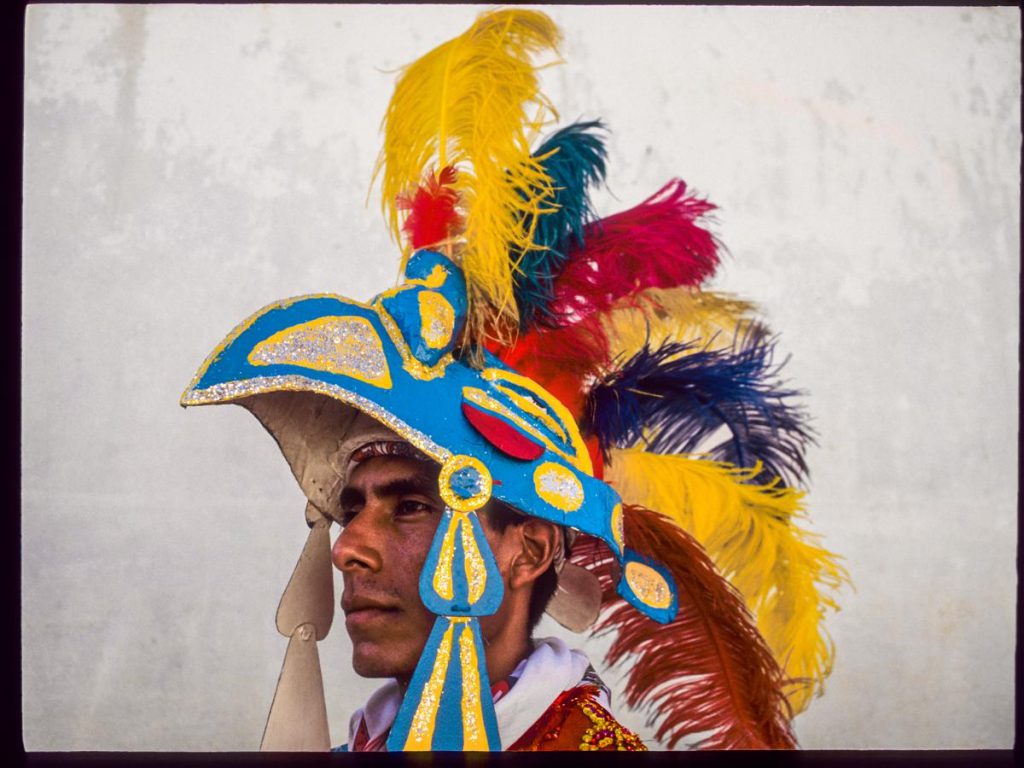Carlo Bonfiglioli He completed his undergraduate studies at the National School of Anthropology and History (1993) and his master's degree (1995) and doctorate at the Universidad Autónoma Metropolitana (1998). He is the author of two individual books -Pharisees and Matachines in Sierra Tarahumara, 1995 y Cuauhtémoc's epic in Tlacoachistlahuaca2004-, coordinator of six collective books -Conquest dances in contemporary Mexico (1996); The Northwest routesvol. 1 (2008), vol. 2 (2008), vol. 3 (2011); Reflexivity and otherness. Case studies in Mexico and Brazilvol. 1 (2019) and vol. 2 (in process)- and author of more than 50 scientific articles. He has taught several courses and directed theses in the Anthropology and Mesoamerican Studies Graduate Program at unam. He has coordinated two interinstitutional and interdisciplinary projects: the first on a systemic perspective of Northwest Mexico and the second on indigenous American ontologies. His current field of research points to a "rarámuri theory of shamanism". He has twice received the Bernardino Sahagún Award (1994 and 1999).
Institutions




ISSN: 2594-2999.
encartesantropologicos@ciesas.edu.mx
Unless expressly mentioned, all content on this site is under a Creative Commons Attribution-NonCommercial 4.0 International License.
Download legal provisions complete
EncartesVol. 8, No. 16, September 2025-February 2026, is an open access digital academic journal published biannually by the Centro de Investigaciones y Estudios Superiores en Antropología Social, Calle Juárez, No. 87, Col. Tlalpan, C. P. 14000, México, D. F., Apdo. Postal 22-048, Tel. 54 87 35 70, Fax 56 55 55 76, El Colegio de la Frontera Norte, A. C.., Carretera Escénica Tijuana-Ensenada km 18.5, San Antonio del Mar, No. 22560, Tijuana, Baja California, Mexico, Tel. +52 (664) 631 6344, Instituto Tecnológico y de Estudios Superiores de Occidente, A.C., Periférico Sur Manuel Gómez Morin, No. 8585, Tlaquepaque, Jalisco, Tel. (33) 3669 3434, and El Colegio de San Luis, A. C., Parque de Macul, No. 155, Fracc. Colinas del Parque, San Luis Potosi, Mexico, Tel. (444) 811 01 01. Contact: encartesantropologicos@ciesas.edu.mx. Director of the journal: Ángela Renée de la Torre Castellanos. Hosted at https://encartes.mx. Responsible for the last update of this issue: Arthur Temporal Ventura. Date last modified: September 22, 2025.



